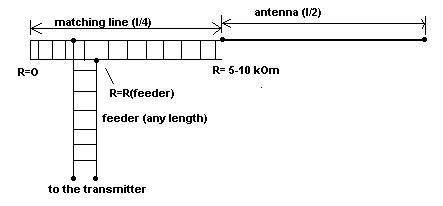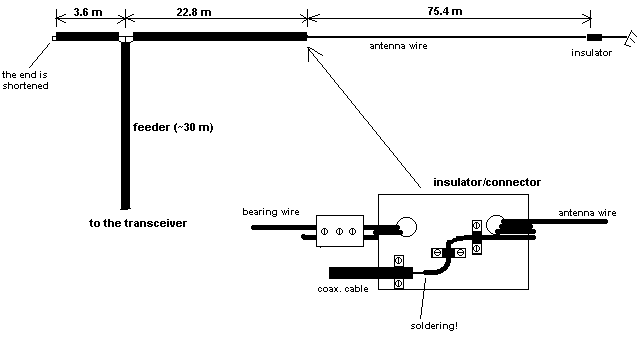by
By Ron - 6Y5/4S7RO
During these hi tech days of Amateur Radio, some of us may feel a sense of inferiority that we do not contribute enough technically, to safeguard our identity as true Radiomen. It is also no secret that in recent times our hobby has evolved more into a talking hobby than a technical hobby. Although in comparison, the older hams did a lot of home-brewing, standards those days were different. In the good old days one could air a homebrew TX with a little drift, chirp, squeak and spectral impurity, and still be tolerated. Those were also the days when HF transmitters were commonly built on breadboards, and were heard on every neighbors radio and television set! Over the years, we allowed our hobby to be commercialized, and now the commercial equipment manufacturers have set new and high standards. No longer is it possible for the average Ham to build and air a home made transmitter without drawing cynical remarks or even be reprimand by the authorities
The good news is that even if we are not technically versed to build transmitters, we can all have fun building antennas, and still avoid being called push button operators or mere talkers over the airwaves! It is a nice feeling to get a flattering signal report from a DX station even when we run a Japanese rig because the rig would be useless if the antenna was bad! This enables us to claim some of the credit for a good, strong signal and for the great distances our signals are reported to have reached.
Getting Started:
A dipole fed with 75 ohm coax is about the easiest and most efficient out of simple antennae to build. However, like the commercial rig and the commercial antenna, one could quickly feel monotonous using a dipole. This is partly because we quickly begin to realize the performance limitations of the "no gain" dipole. Thus, begins the quest for a better antenna. This often is within the many constraints involved, as well as a hesitancy to build rotatable antennas with intelligent aluminum! Some fear seemingly elaborate matching networks and the monstrous sizes of monoband antennas. There is also the all important worry about towers and heavy-duty masts. So, why not a simpler and a cheaper (but effective) approach to "gain antennas"?
Many are the antenna handbooks, articles and websites covering antenna theory and specific practical designs. So, I shall make this a very informal discussion about the first steps involving the basic of basics!
The Wire YAGI:
The best and the easiest upgrade is to add a reflector or a director to an existing dipole, to make it a simple 2 element wire Yagi. To do this you will need either suitably spaced trees or in the case of upper HF band antennas, spreaders out of bamboo, wood or similar non-conducting material (it is a good idea to weatherproof them with common varnish or the more fashionable "polyurethane" sold in handy spray cans). Even though it is only a start, to avoid going deep into antenna theory, we shall stick to parasitic elements which are typically 5% longer (reflector) and 5% shorter (director) than the driven element. Usually, all you need to do is to space a director around .1 wavelengths in front of the driven element and/or a reflector .15 wavelengths behind the driven element. Once again, to the rocket scientist, these figures vary according to the design objective. However, I shall keep such finer points for another write up at a higher level!
The Influence of the Parasitic Element:
We need to understand that placing a director or a reflector on the same boom as the driven element will always LOWER the typical 75 ohms impedance of our existing dipole. Even though this can typically be anywhere from 50-25 ohms - depending on the spacing and tuning of the elements, a 2 element array with either a director at .1 or a reflector at .15 wave spacing will usually yield a good enough match into a 50 ohm coax cable. With the above arrangement even in the crudest form, one should easily be able to achieve 3-4 db of gain over a dipole. This is not only as good as increasing your power from 100 to 200 watts, but also concentrates that power within a narrower beamwith. It helps reduce fading and also RECEIVE better. A popular saying in ham radio is "if you cant hear them you cant work them!" If you wish to optimize forward gain by tuning the parasitic element or varying the spacing between the two elements, you may do so, but this will lower the impedance at the feed point (It also will not permit direct feed with 50 ohm coaxial cable).
Matching: (if you decide to optimize)
Matching problems can be overcome by using many well known techniques, but a simple hairpin match is recommend (see any good antenna handbook or email me at sparkrohan@yahoo.com if you need more details on hairpin matches). Hairpin matching a wire beam, also makes the antenna less clumsy than if you were to try a gamma match (which will also add a lot of downward strain on a wire element). As tuning of the driven element will have little or no effect on the gain of the array, do not be afraid to trim the driven element a few inches plus or minus from the formulae, to facilitate a good match. However, always remember that tuning the parasitic element has everything to do with the gain, directivity and the feed point impedance of the array.
The influence of spacing and element lengths on gain, front to back, impedance etc., is a vast topic that I do not have space to cover here. However, briefly, spacing elements close to each other reduces the feed impedance and increases the Q (reduced bandwidth) of the beam. Wide spacing reduces front to back, but provides good gain and lowers the Q resulting in greater SWR and gain bandwidths. One other point to remember is that maximum front to back does NOT mean maximum gain and is not always a good way to evaluate a beam. Maximum front to back and maximum gain also does not occur on the same frequency. The normal practice is to strike a compromise. When using modest levels of power, what is most important is forward gain.
LOOPS: (Deltas & Quads)
Another easy upgrade from a dipole is a single element delta or a quad loop. For those using an inverted vee, this becomes an easier task as it only involves introducing an additional half wave of wire and a base wire to the existing vee (imagine a wire pyramid). The existing feedpoint at the apex is better shifted to the center of the base or to one of its corners. It is said that a single element loop has a gain of a little over a db over a dipole. Since loops are said to radiate at a low angle, they work better at low heights compared to a dipole (although for ANY antenna the higher the better). Loops are also quieter antennas in that they pick up less man made interference.
As 4S7RO, the author worked pileups of Ws on 40m, running 100w into a loop, which had the base only 6 off the ground. From Jamaica, a single element sloping loop (which was sloping from 20 at the apex to 5 at the base) and a small IC718, brought the author 20m DXCC in just 2 months!
The formula for calculating a resonant loop is 1005/F (in MHz). I.e. 1005/14.2 = 70.77 One interesting point to remember is if you are using insulated wire, to further multiply the answer by a factor of .95. The formula for calculating the length of a director is 975/f and a reflector is around 1030/f.
The 2el Loop:
As with the 2 el Yagi above, an easy way of achieving excellent directivity and gain is to make a 2 element delta loop array, by suspending the elements off a nylon cord strung between two trees or other anchor points. You could also have one support and use a cross boom at the top. The many Coconut trees in Kerala (I call them Organic towers!) should provide ideal supports for making fine loop arrays. The author is reminded of a very successful 2 element 40m delta loop, where the loops were suspended off a bamboo pole placed horizontally and tied just below the "crown' of a coconut tree back in 4S7!
If the bottom of the loop is reachable from ground level one could easily switch directions manually by adding or reducing wire from the parasitic element. To do this you will need to use a driven element and a director slightly shorter than normal. At the middle of this director is a stub of wire with a shorting bar, where by you could change the length of the parasitic element to make it either a director or a reflector the length of the stub determines the tuning of the element as a director or a reflector- by making the element shorter or longer than the driven element. The technically inclined ham can also incorporate remote relay switching to achieve the above
if you use pulleys to haul up the loops, you can easily make predetermined element length changes even if the bottom is not reachable from ground level. However, as propagation to different parts of the globe is seasonal, one could even keep things simple by having a well tuned fixed direction loop array aimed in the direction of interest. Take a walk out to the yard, have a good look at your wire antennas and the trees around them - you might be surprised at the many possibilities that suddenly dawn on you. With a bit of ingenuity the possibilities are numerous.
Matching Loops:
Direct matching a delta loop into a coax cable is not always as easily done as with a wire Yagi. Practical measurements indicate impedances between 90-120- ohms, depending on height above ground and enclosed angles. If you are lucky, you will get a decent match into a 75 ohm cable, or else have to live with an SWR of over 1.5, using our standard 50 ohm coax. With single and two element loop antennas, I prefer to use a simple wave coaxial stub/transformer to match the array for 50 ohm feed. This is easily done by measuring a wavelength of 75-ohm coaxial cable at the operating freq and multiplying it by .66 (a typical velocity factor for commonly available 50 and 75 ohm coax cable). Connect one end of the 75-ohm cable to the feedpoint and the other end to a 50-ohm cable (any convenient length) that feeds the TX. This method will always result in a very good SWR when using a single or a 2-element loop array
In conclusion, I also wish to make a brief mention of the wire Moxons rectangle. This is an interesting variation of the wire Yagi antenna with folded back elements. Practical tests and computer simulations have indicated that it has gain only a fraction less gain than that of a conventional full sized Yagi. It uses shorter horizontal element lengths, yields a high front to back ratio and provides a PERFECT direct match into a 50 ohm coaxial cable. To the active hams who have heard/worked me, it should suffice to mention that I use a Moxon on 40m! The Moxons rectangle was originally designed by Moxon/G6XN, but greatly improved, remodeled and popularized by L.B.Cebik/W4RNL.
I hope this has given you a simple insight into antennas in the real world. Much can be written, but this is a start. If sufficient interest is shown, I shall be glad to write a series on practical design and construction of HF and VHF antennas. In the past few years my focus has been on compressed antennas for the apartment dweller. However, my antenna interests range from 160m-VHF! I also enjoy computer design, simulation and optimizing of all forms of antennas. If any of you would like to carry this discussion further or add to this, please feel free to email me at sparkrohan@yahoo.com and share your real world antenna experiments and experiences!
In conclusion, I wish to remind the Gurus and the enlightened that the objective of this article was to provide the beginner with ideas for a few effective, but simple upgrades, whilst keeping language and theory as simple as possible. As there are many good antenna books out there, I figured that sharing my practical experience and knowledge would be a better way of getting the average Indian ham with a simple wire antenna, get started on the road to greater things!




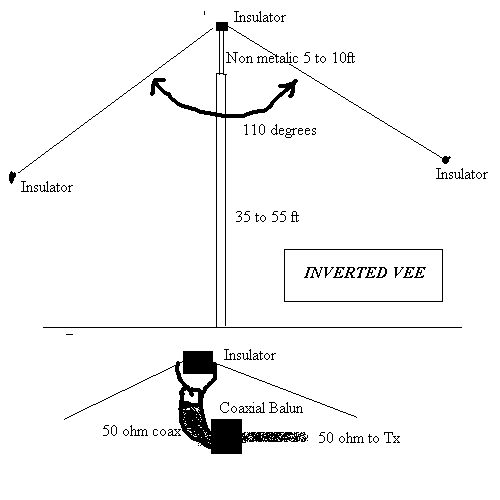
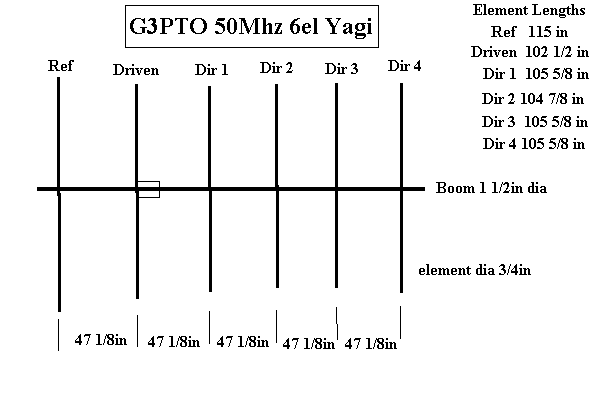
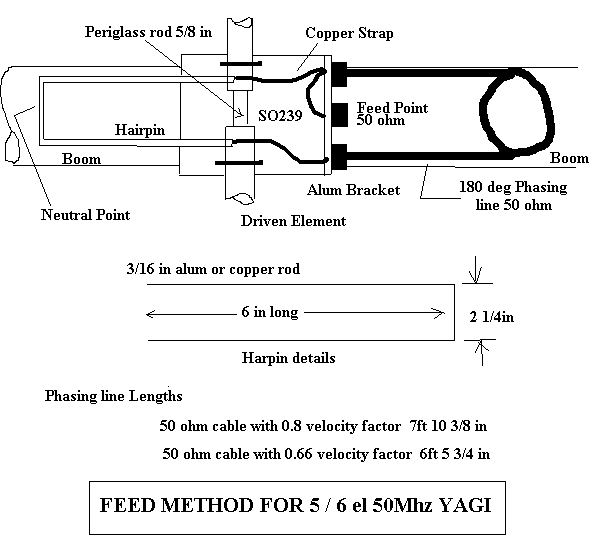
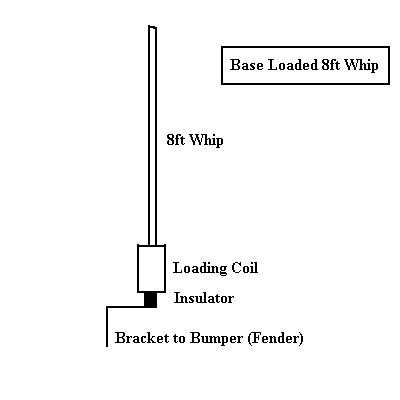
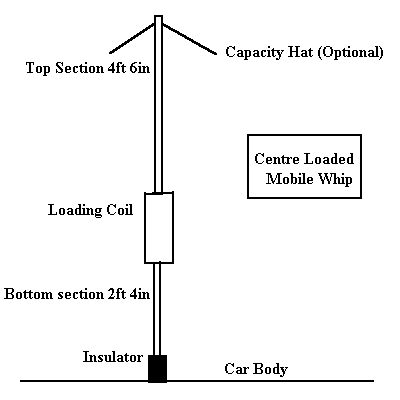
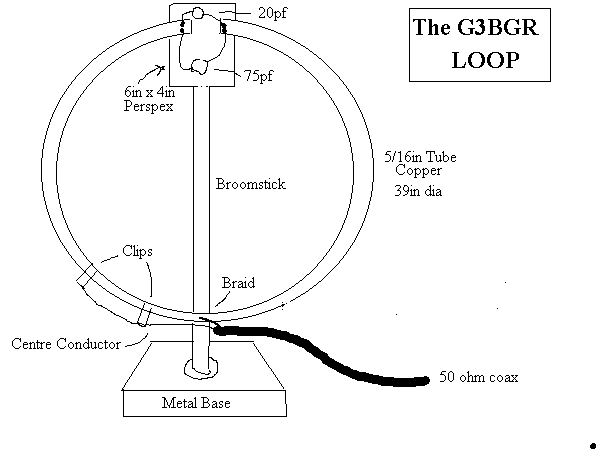
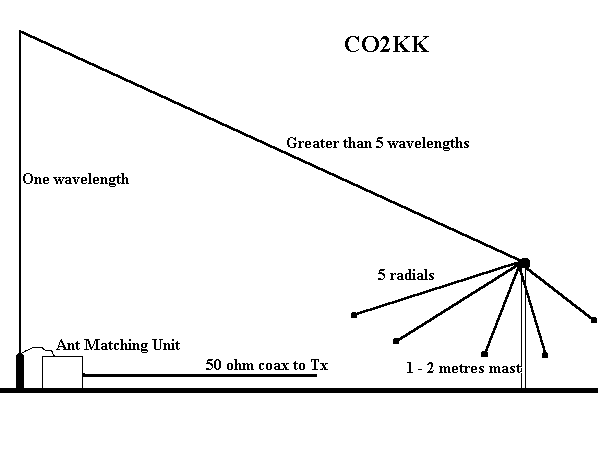
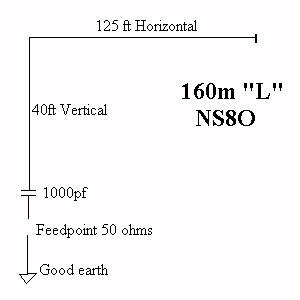
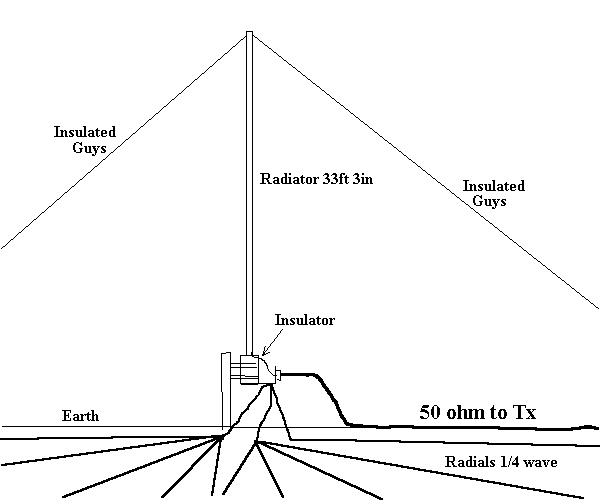
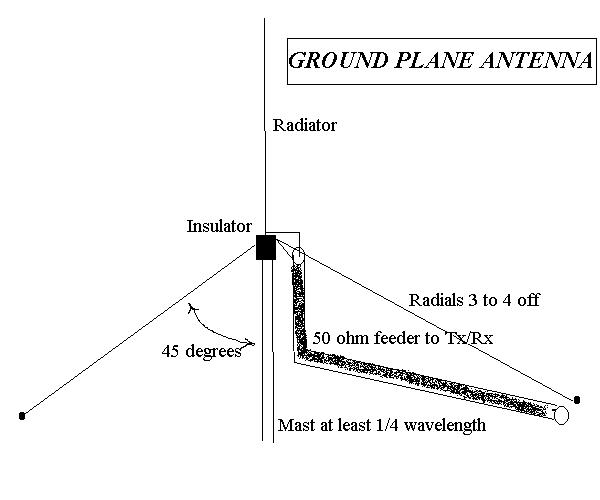

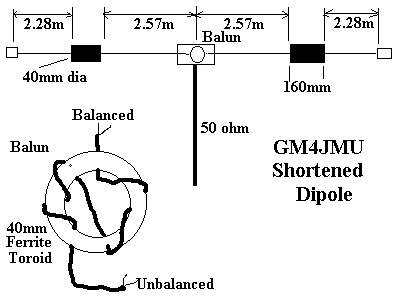 The
The 









